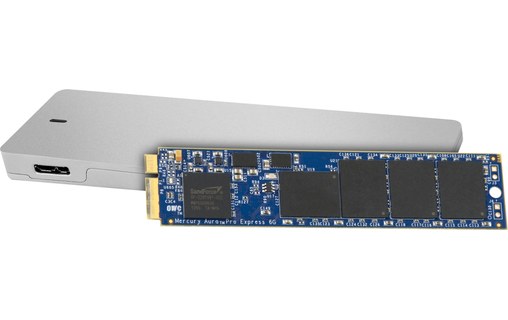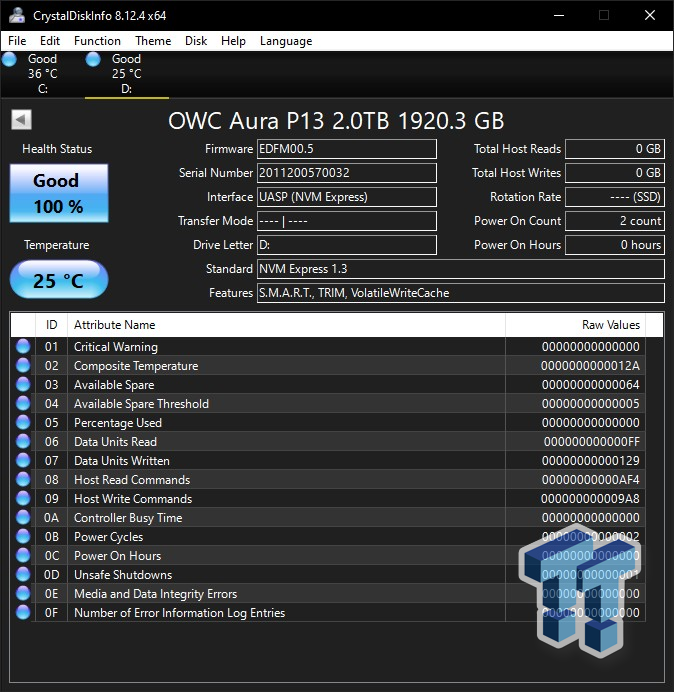

Unfortunately, Micron's first-generation 3D NAND and Silicon Motion's first-generation NVMe controller were both disappointing performers, so the Aura Pro X was again not a clear upgrade over the Samsung-based Apple original SSD. OWC responded with the Aura Pro X SSD, based on Micron 32-layer 3D MLC NAND and the Silicon Motion SM2260 NVMe controller.

#Owc aura pro review driver#
This allowed OWC to provide a functional drop-in replacement that could offer higher capacities, but it was a big step backward in performance (and probably power efficiency, but we didn't get the chance to test it).Īpple eventually added a standard NVMe driver to MacOS, albeit after retiring upgradable internal storage from almost all of their product line. Rather than use an outdated AHCI PCIe SSD controller comparable to the ones in the early Apple PCIe SSDs, OWC put two SATA SSD controllers and a RAID controller onto one card.
#Owc aura pro review mac os x#
Their first Aura SSD hit the market back when Mac OS X didn't include a standard NVMe driver, so the Aura had to present a standard AHCI interface. The Aura Pro X2 isn't OWC's first attempt to offer an upgrade for Apple PCIe SSDs, but it's the first one that does the job well. The Aura Pro X2 is sold either as a bare drive, or in an upgrade kit that includes an external USB enclosure for the Apple original SSDs it replaces. This is a modern high-end SSD with 3D TLC NAND and the latest Silicon Motion SM2262EN controller, with the reference M.2 PCB layout adjusted to fit Apple's form factor. OWC has offered several aftermarket SSDs in Apple's custom not-quite-M.2 form factor, culminating in the recent release of the Aura Pro X2 SSD. This is where Mac accessory and upgrade specialist Other World Computing (OWC) comes in. So even though Apple's machines from 2013 through at least 2016 (depending on the model) included the fastest storage that money could buy at the time, those systems have been left behind as the NVMe storage market has matured from an exotic high-end novelty into the technology that's rapidly displacing SATA for mainstream computing. Apple's PCIe SSDs used a proprietary form factor rather than the M.2 standard that went on to become the standard for client PCIe SSDs. Apple's earliest PCIe SSDs used the AHCI protocol for compatibility with existing operating systems, but hardware compatibility was a very different story. Apple was an early adopter of PCIe SSDs, introducing them in 2013 when the NVMe specification was still in its infancy and before any NVMe hardware was available.


 0 kommentar(er)
0 kommentar(er)
